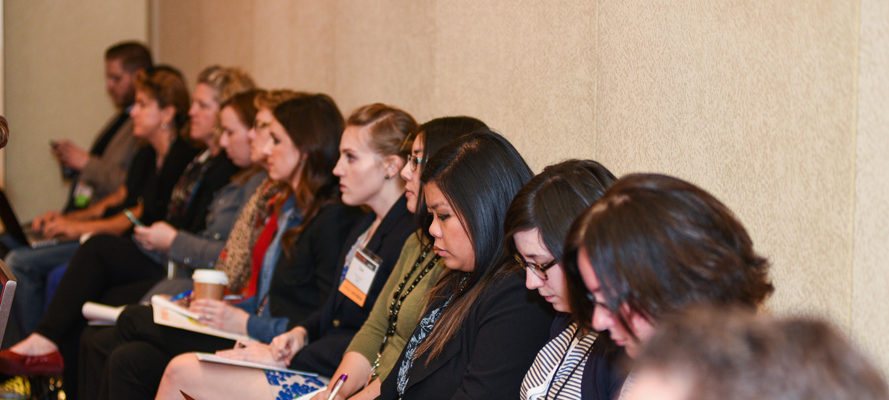Innovation to Drive International Enrollment Success in the Third Wave
In my recent paper, A Third Wave of International Student Mobility, published by Center for Studies in Higher Education, UC Berkeley, I analyzed the landscape of international enrollment from the lens of three Waves defined by key events shaping student choices and provided an overview of data-driven enrollment trends by institutional types.
First and second Waves were characterized by the terrorist attack and global financial recession respectively. The terrorist attacks of 9/11 during Wave I resulted in stricter visa barriers for international students and many competing destinations expanded enrollment at the expense of the US. The global financial crisis during Wave II resulted in severe budget cuts for the higher education sector and compelled many institutions to expand international enrollment to generate additional sources of revenue. Thus, American universities experienced international enrollment boom during Wave II with full-fee paying Chinese students as the key contributors of enrollment growth.
Wave III is shaped by the uncertainties triggered by the new political order with anti-immigrant rhetoric and policies which in turn is intensifying global competition for international students. Also, an intersection of sociopolitical, demographic, and technological megatrends coupled with the global ambitions of Asian and European universities with English-taught programs is making it increasingly challenging for American universities in gaining the attention of prospective students in a politically unfavorable environment.
In 2016, 312 Doctoral Universities enrolled over 276,000 international graduate students and comprised of 28% of all graduate enrollment at these Doctoral Universities. However, just 37% of all Doctoral Universities with Highest Research Activity as defined by Carnegie Classification, enrolled 76% of international graduate students at 312 universities. While here graduate enrollment data is not broken up by doctoral and master’s degrees, significant opportunity exists for growing international enrollment at master’s level. According to National Science Foundation, 15% of all master’s degrees awarded in 2015 went to international students as compared to 26% of doctoral degrees.
The strong growth trend experienced by many graduate schools in Wave II is quickly reversing to deceleration or even decline in Wave III. An analysis of the data suggests that the U.S. universities enrolled 21,390 fewer international graduate students in Fall 2017 as compared to Fall 2016. At average tuition and fees of US$ 25,000, higher education institutions are likely to lose potential revenue of US$ 535 million for the first year of studies alone (without factoring any tuition discounts/waivers).
In sum, Wave III of international student mobility is characterized by a higher reliance on international students for sustaining graduate enrollment goals in times when it is increasingly challenging to recruit them due to competition and political climate. This calls for innovation and adoption of recruitment strategies that are not only cost-effective but allow for targeted outreach in line with shifting student behavior around the world. The success of many institutions will depend on how quickly and effectively they innovate and adapt to the new environment of the Third Wave.

Dr. Rahul Choudaha is a recognized scholar-practitioner with expertise in international student mobility trends and its implications for global engagement and enrollment strategies. He is Executive Vice President of Global Engagement and Research at Studyportals. He blogs and tweets as DrEducation.
Other UPCEA Updates + Blogs
Report: Who Stops Out of College and Why? (Inside Higher Ed)
Students who stop out of college are disproportionately women, low income and working students, according to a new study by the University…
Read MoreReport: Who Stops Out of College and Why? (Inside Higher Ed)
[…] Jim Fong, chief research officer and director of the Center for Research and Strategy at UPCEA, said students will…
Read More

